Beware the Last Hour of the Trading Day
Buy or sell before before 3 p.m., when the markets get wild.

Life would be calmer if some higher power would herd all the portfolio managers and hedge fund jockeys into a holding tank with no access to computers or trading desks for the final hour of Wall Street action.
Knee-jerk selling blitzes, exacerbated by a herd instinct, mean too many good stock market days go bad -- and bad days worse -- after 3 p.m. Occasional "buying panics" also seem to happen close to the closing bell.
No, it's not rivers of caffeine kicking in. There are technical and behavioral explanations for what occurs:
From just $107.88 $24.99 for Kiplinger Personal Finance
Become a smarter, better informed investor. Subscribe from just $107.88 $24.99, plus get up to 4 Special Issues

Sign up for Kiplinger’s Free Newsletters
Profit and prosper with the best of expert advice on investing, taxes, retirement, personal finance and more - straight to your e-mail.
Profit and prosper with the best of expert advice - straight to your e-mail.
Tuesday, January 8, 2008. The market opens higher and is roughly at break-even after lunch. Then AT&T makes an innocuous-sounding comment during an afternoon conference call about a slowdown in a minor part of its business. The Dow Jones industrial average loses 200 points in the final hour and closes down 238.
Thursday, January 10. Stocks open strongly, but the Dow fritters away half of a 200-point gain at the end, although this time there's no clear-cut culprit.
Tuesday, January 15. A bad day from the outset ends up a disastrous one as the Dow surrenders 100 points of a partial recovery in the final minutes of trading. The Nasdaq, down 2.5% on the day, also tanks late in the session.
Thursday, January 17. The market opens terribly, steadies for a few hours, then goes ski jumping after 3 p.m. The Dow loses more than 150 points late in the day and ends down 307. Standard & Poor's 500-stock index and Nasdaq are right alongside.
Wednesday, January 30. The Dow is flat through a suspenseful morning, then soars at 2:15 p.m. when the Federal Reserve cuts interest rates by half a percentage point. An hour later, before anyone has a chance to uncork the champagne, the Dow forfeits the entire gain because of a rumor about more problems at bond-insurance companies.
Tuesday, February 12. Late in the afternoon, the Dow disgorges 150 points from a 200-point gain, then recovers a bit. Nasdaq, however, coughs up all of its gains and then some, ending with a loss after being up 1%. Between 3 p.m. and 3:30 p.m., Nasdaq falls 30 points, or 1.5%.
These aren't the only examples of this annoying pattern. The routine is too frequent to ignore and has become a topic of water-cooler conversation among financial people.
"I've been talking about it here and with some mutual fund managers," says Jim Morgan, chief investment officer of SBLI, a Massachusetts-based life insurance company with $2 billion in assets. He says "some money managers tell me they don't want to have certain positions after a [time] cutoff." They sell stocks in packages before the market closes so they can get their orders filled before they are exposed to losses in after-hours trading.
Jim Jubak, a financial columnist who watches the technical side of stocks and markets, blames the last-hour swoons on automated selling programs and the preservation instinct that consumes the men and women who tee up the sell programs.
Jubak says the market is full of fear and "doesn't trust rallies." Institutional investors with large stock positions wait to see if the Dow or S&P 500 breaks through a "resistance level" in the middle of day before they commit to holding all their shares or possibly buying more. When the index stalls or drops below that threshold, as often happens after a weak retail or jobs report or some important company says something discouraging about earnings, the selling accelerates.
Institutions also want to judge the whole day before they do their mass-trading thing. There's still financial news to digest after midday, although not as much as in the morning, when the government releases its economic figures.
Some quirks may also drive daily trading patterns. Bulls are said to enjoy venturing out for lunch, while bears are too scared to leave their desks, even with BlackBerry devices and Wi-Ri. So they're in position to sell at noon, while their rosier colleagues can then return and see if there's reason to start a post-lunch rally. That, in turn, sets the stage for heartburn.
There's also the fear in a lousy market of getting stuck with dogs after the market closes. (Remember, we're not talking about long-term investors.)
"Nobody wants to hold stuff overnight," Jubak explains, in case the market should open sharply lower in the morning. Because Asian markets are again acting in concert with Wall Street, losses in the Far East feed drops in Europe, which then cycle back to the U.S. This vicious circle will be difficult to break until pessimism is so pervasive that sellers have exhausted themselves and stocks so cheap that buyers can't resist the bargains.
Sadly, you can't do a lot about this. With regular mutual funds, if you enter a sell order while the market is open, you get the closing price, which reflects the final-hour madness.
You can buy and sell exchange-traded funds any time while the market is open. So if you plan to sell an ETF on a down day, push all the buttons by 2:45 p.m. The same is true with individual stocks.
There are exceptions. The most flagrant in 2008 occurred on January 22, when the market did that extreme about-face after the emergency Federal Reserve interest-rate reduction.
Such green-colored turnarounds are rare. Only eight times in the past 20 years has the market been down 3.5% at any point in a day and recovered two-thirds of the losses by the close. The reverse has been true 20 times in the past eight weeks. Or is that just a dream?
Profit and prosper with the best of Kiplinger's advice on investing, taxes, retirement, personal finance and much more. Delivered daily. Enter your email in the box and click Sign Me Up.

Kosnett is the editor of Kiplinger Investing for Income and writes the "Cash in Hand" column for Kiplinger Personal Finance. He is an income-investing expert who covers bonds, real estate investment trusts, oil and gas income deals, dividend stocks and anything else that pays interest and dividends. He joined Kiplinger in 1981 after six years in newspapers, including the Baltimore Sun. He is a 1976 journalism graduate from the Medill School at Northwestern University and completed an executive program at the Carnegie-Mellon University business school in 1978.
-
 The Retirement Donor's Checklist: Key Deadlines by Gift Type
The Retirement Donor's Checklist: Key Deadlines by Gift TypeRetirees have some charitable contribution options that can help avoid spikes in income from RMDS and capital gains.
-
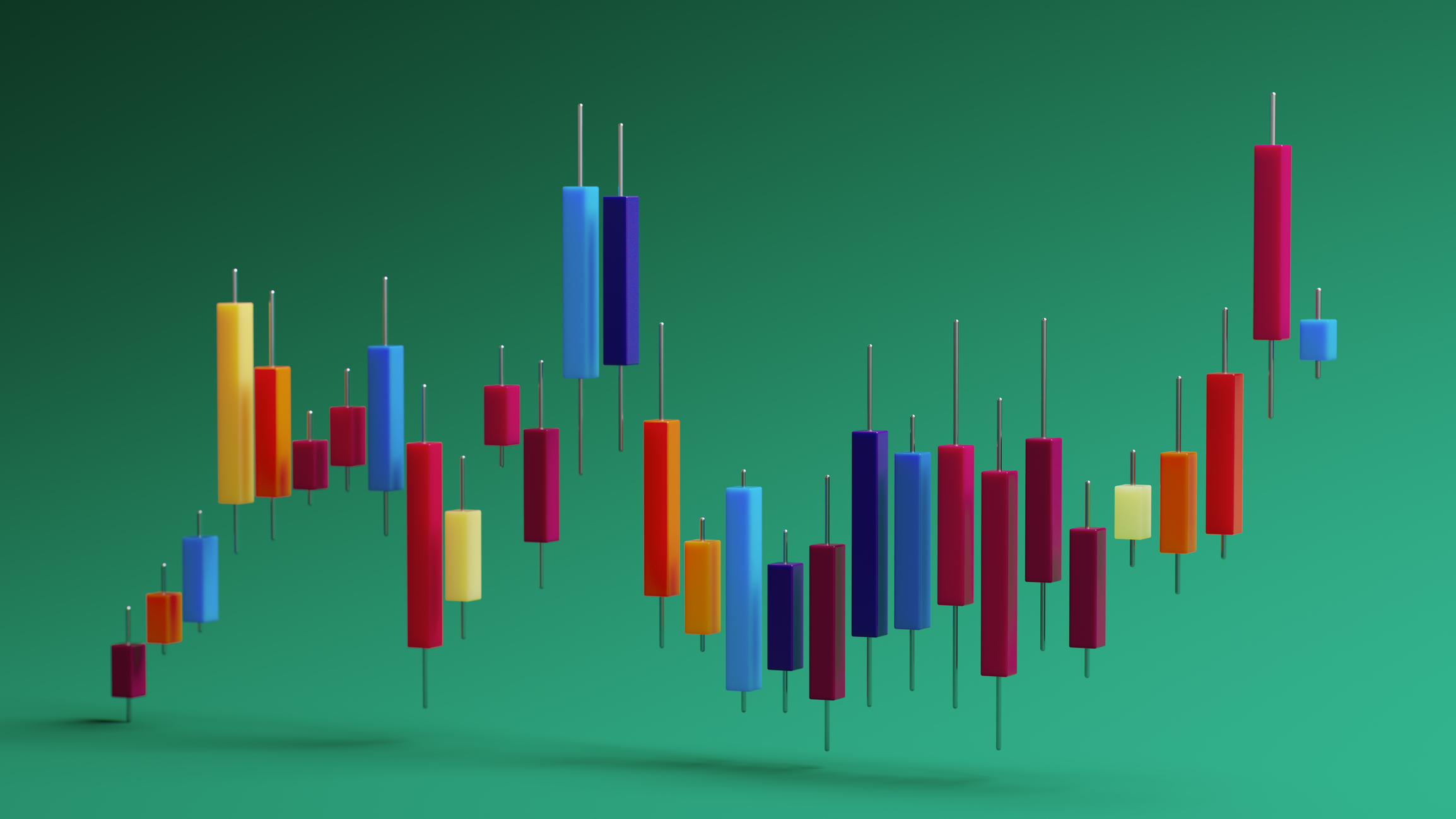 Cooler Inflation Supports a Relief Rally: Stock Market Today
Cooler Inflation Supports a Relief Rally: Stock Market TodayInvestors, traders and speculators welcome much-better-than-hoped-for core CPI data on top of optimism-renewing AI earnings.
-
 Are T-Mobile's Prepaid Perks a Home Run or a Strikeout?
Are T-Mobile's Prepaid Perks a Home Run or a Strikeout?T-Mobile's prepaid lineup promises MLB.TV, T-Mobile Tuesdays and hotspot data. But do the perks make it worth switching?
-
 Cooler Inflation Supports a Relief Rally: Stock Market Today
Cooler Inflation Supports a Relief Rally: Stock Market TodayInvestors, traders and speculators welcome much-better-than-hoped-for core CPI data on top of optimism-renewing AI earnings.
-
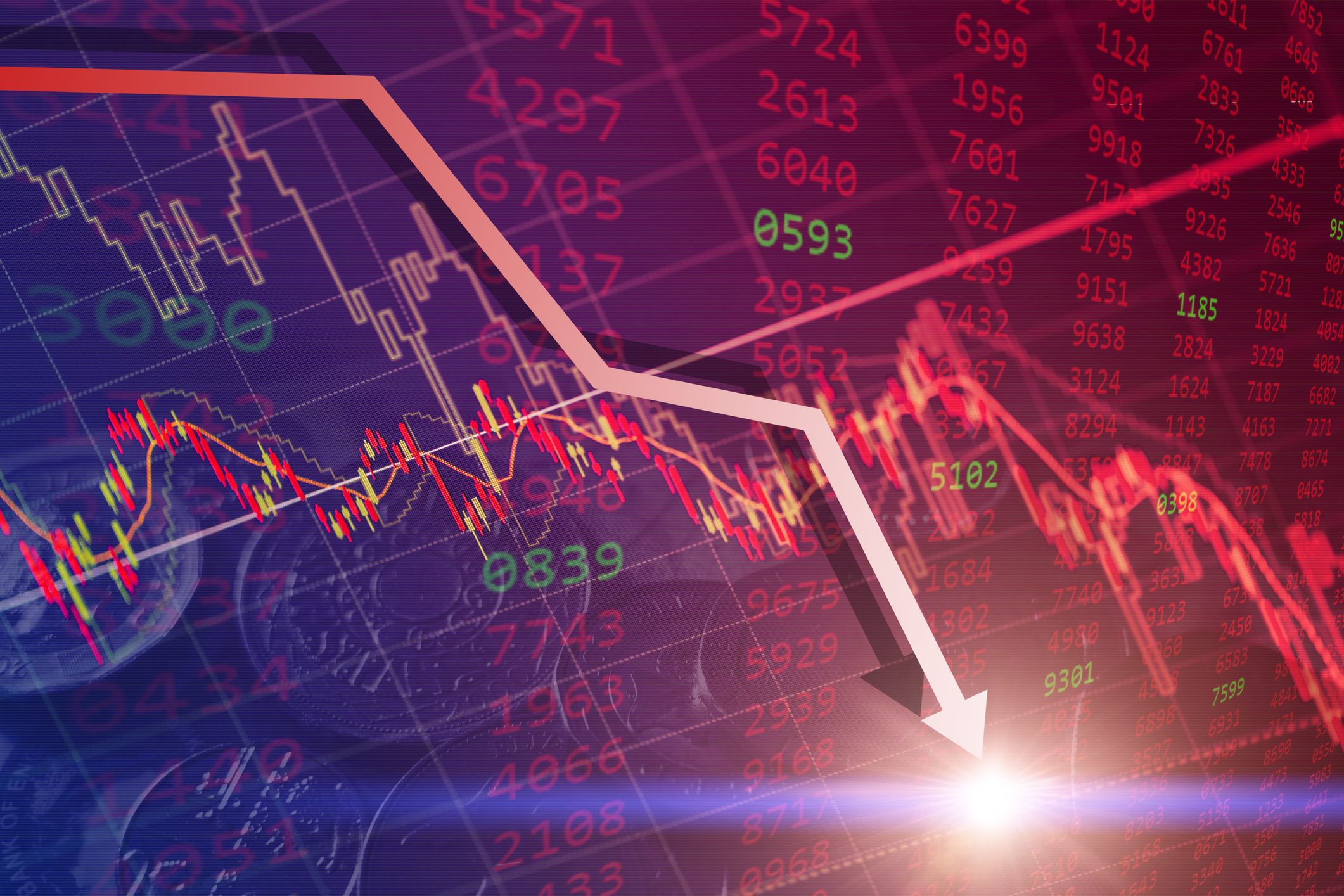 Nasdaq Sinks 418 Points as Tech Chills: Stock Market Today
Nasdaq Sinks 418 Points as Tech Chills: Stock Market TodayInvestors, traders and speculators are growing cooler to the AI revolution as winter approaches.
-
 Stocks Chop as the Unemployment Rate Jumps: Stock Market Today
Stocks Chop as the Unemployment Rate Jumps: Stock Market TodayNovember job growth was stronger than expected, but sharp losses in October and a rising unemployment rate are worrying market participants.
-
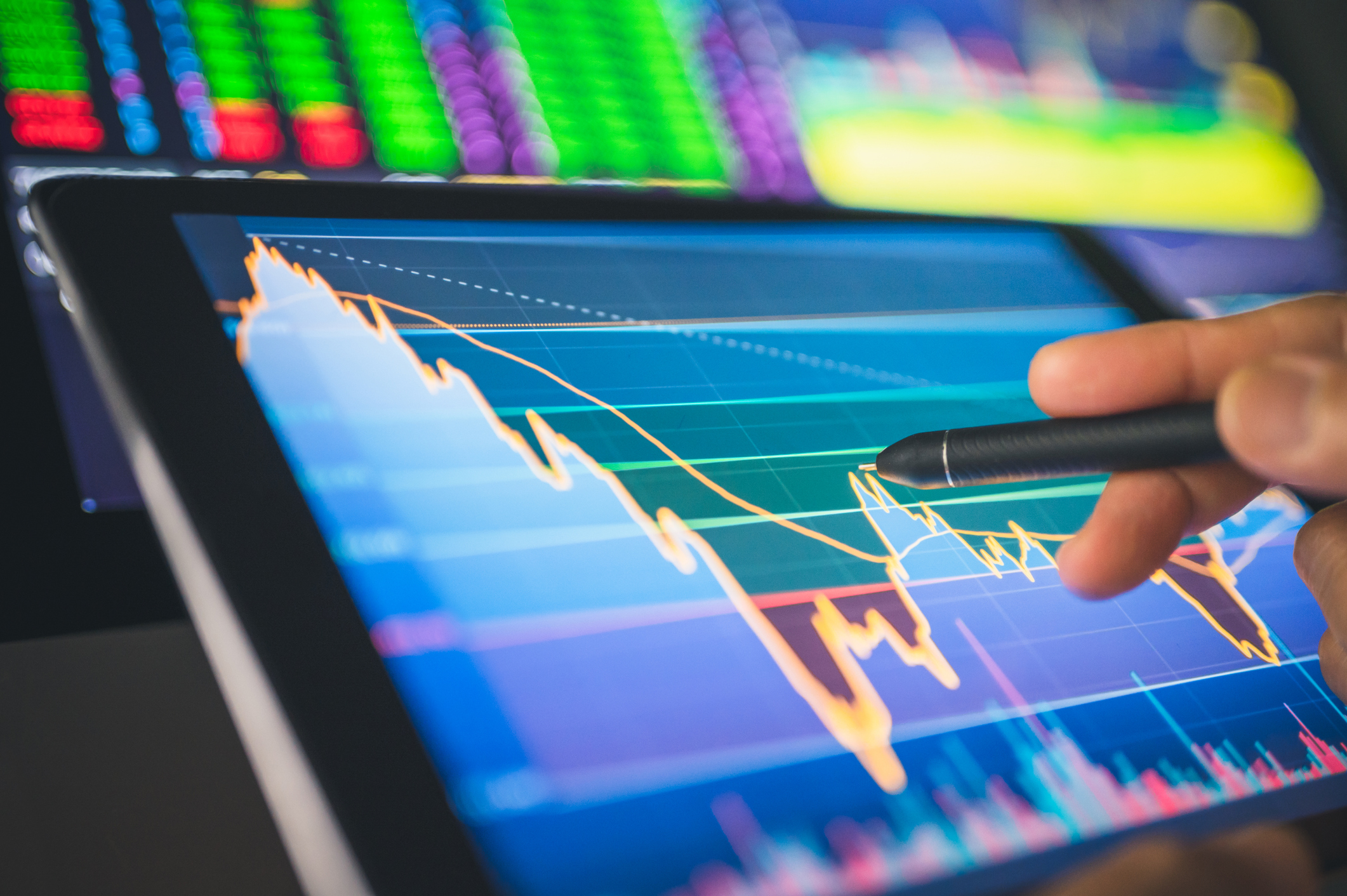 Stocks Struggle Ahead of November Jobs Report: Stock Market Today
Stocks Struggle Ahead of November Jobs Report: Stock Market TodayOracle and Broadcom continued to fall, while market participants looked ahead to Tuesday's jobs report.
-
 AI Stocks Lead Nasdaq's 398-Point Nosedive: Stock Market Today
AI Stocks Lead Nasdaq's 398-Point Nosedive: Stock Market TodayThe major stock market indexes do not yet reflect the bullish tendencies of sector rotation and broadening participation.
-
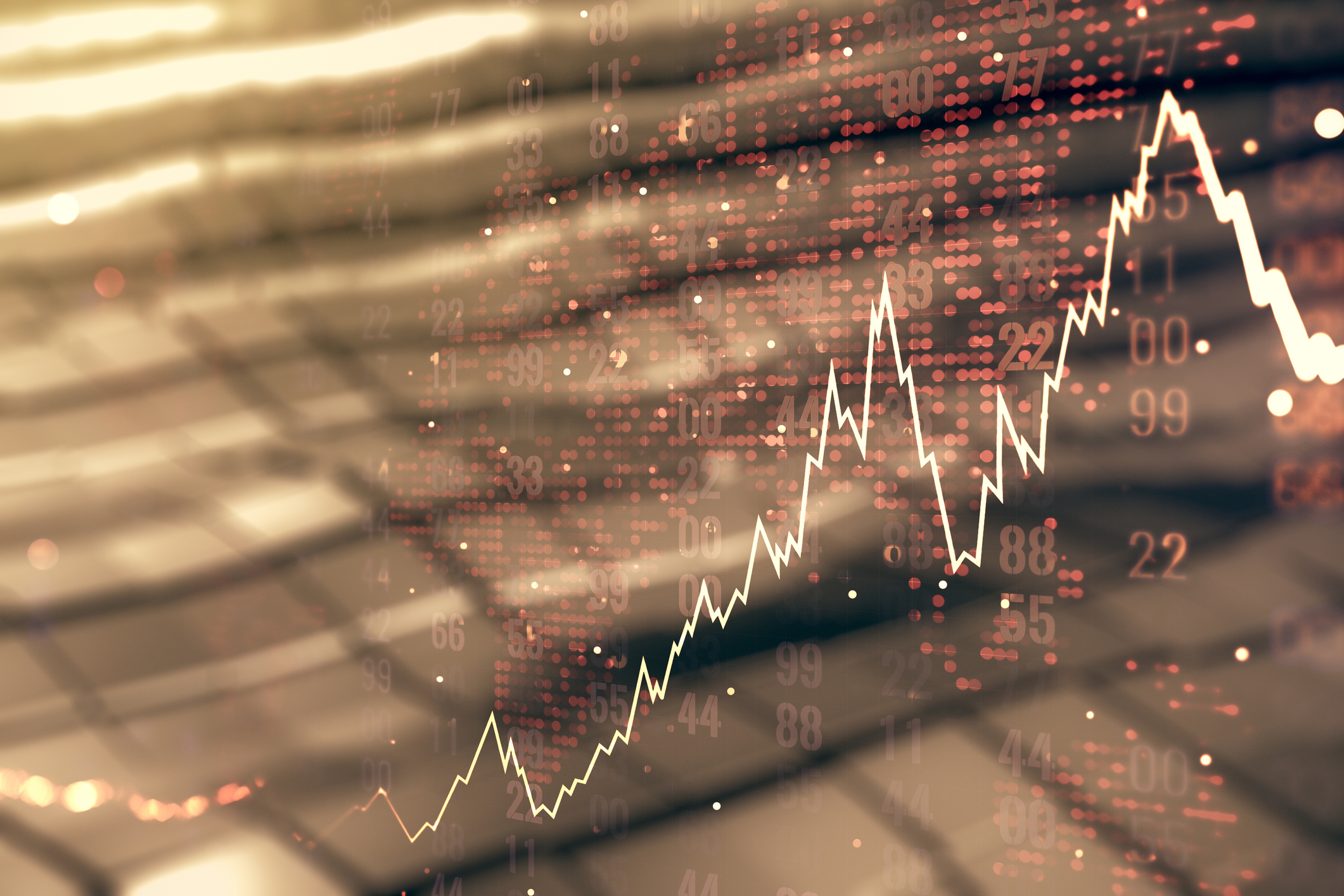 Dow Adds 646 Points, Hits New Highs: Stock Market Today
Dow Adds 646 Points, Hits New Highs: Stock Market TodayIt was "boom" for the Dow but "bust" for the Nasdaq following a December Fed meeting that was less hawkish than expected.
-
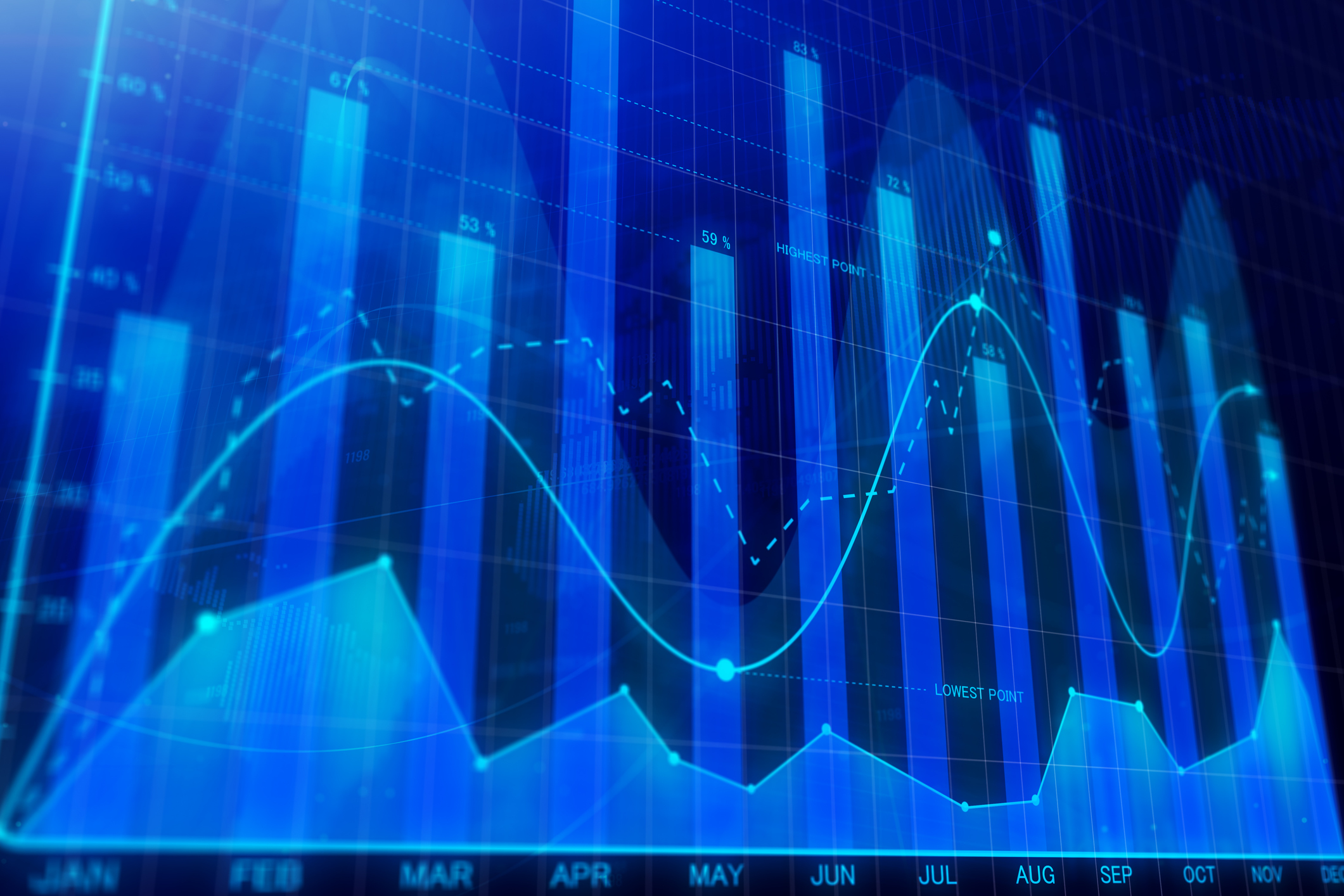 Dow Rises 497 Points on December Rate Cut: Stock Market Today
Dow Rises 497 Points on December Rate Cut: Stock Market TodayThe basic questions for market participants and policymakers remain the same after a widely expected Fed rate cut.
-
 JPMorgan's Drop Drags on the Dow: Stock Market Today
JPMorgan's Drop Drags on the Dow: Stock Market TodaySmall-cap stocks outperformed Tuesday on expectations that the Fed will cut interest rates on Wednesday.